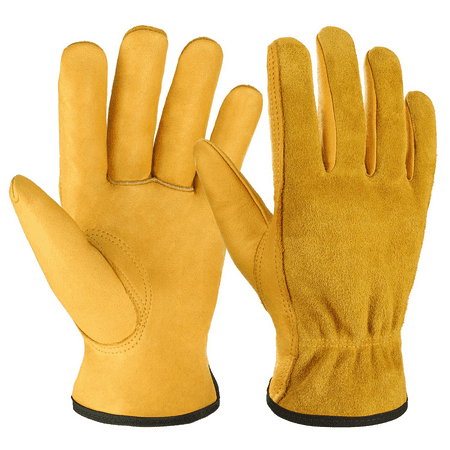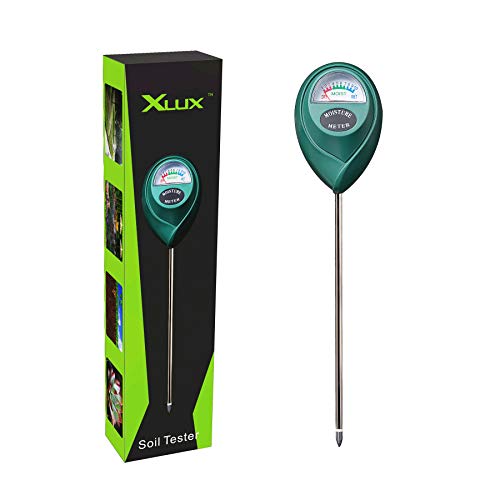Act fast if you see rhubarb bolting – an experienced grower reveals why it ruins harvests, and how to deal with it quickly
Professional tips for how to deal with bolting rhubarb and prevent it in the future
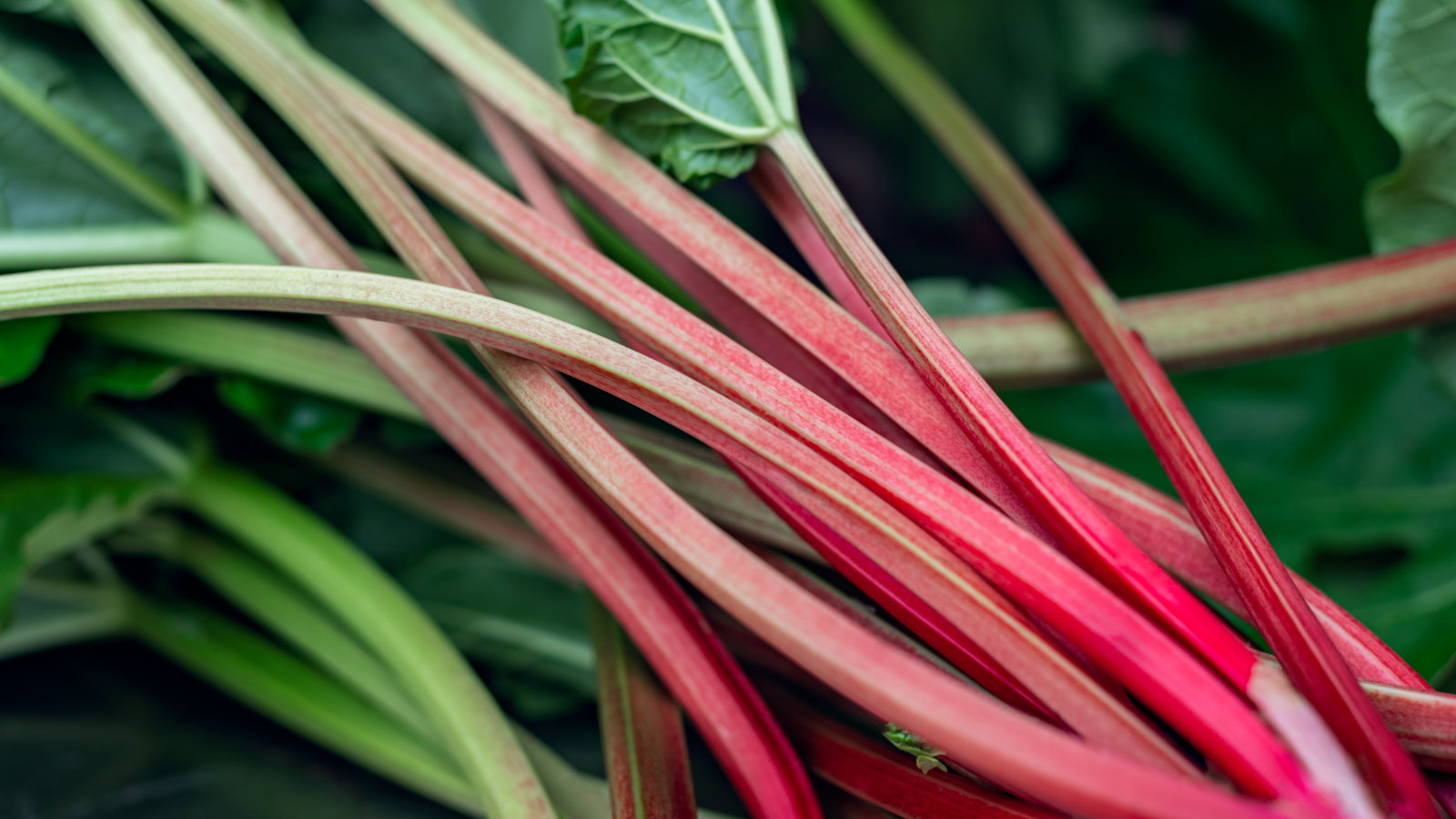

Spring is rhubarb season, that time of the year when growers pick lots of the sharp and sweet stems to use in pies, tarts, cakes, crumbles, and other desserts. The versatile rhubarb stems can even be used in savory dishes or drinks.
While growing rhubarb is simple, there is one common issue that can affect your harvest each spring. And that is bolting rhubarb, where the plant starts to put all of its energy into flowering and fruiting. This natural process has the potential to impact a harvest, but it is easy to combat through good vigilance and prompt action.
I have grown rhubarb for many years as a professional kitchen gardener and on my home vegetable plots. And, trust me, I have battled with bolting rhubarb on more occasions than I can remember. So, in this guide, I look at the causes, what you can do to nip the problem in the bud, and reveal some simple tips to help prevent your rhubarb from bolting.
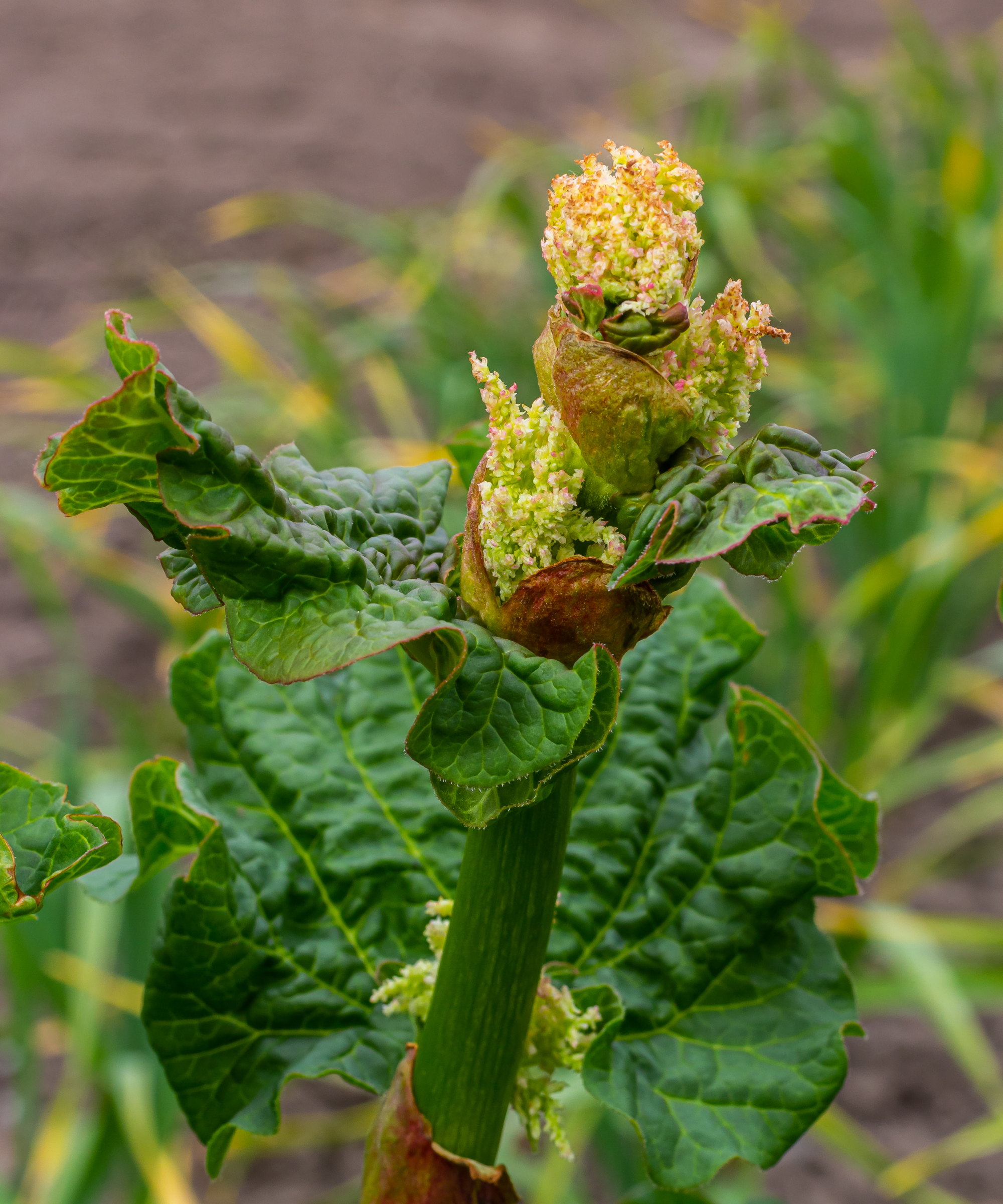
What causes rhubarb to bolt
Bolting rhubarb is not an unusual sight, nor should it be a cause for concern. It is part of the plant’s natural life cycle to develop a flower stalk and produce seed, often triggered by certain key factors. While it is not uncommon to observe, it is not ideal, as it will affect your rhubarb harvest.
The first, and usually the most common, reason for bolting rhubarb is warm weather. Rhubarb is a cool-season crop that starts to bolt at temperatures exceeding 75°F. High temperatures, along with a lack of moisture in the soil during warm springs, stress the rhubarb, leading to the development of the flowering stalk.
Some rhubarb varieties are more susceptible to bolting, particularly heirloom varieties like ‘Victoria’ and ‘MacDonald’, and older clumps tend to bolt more than younger rhubarb plants.
What to do with bolting rhubarb plants
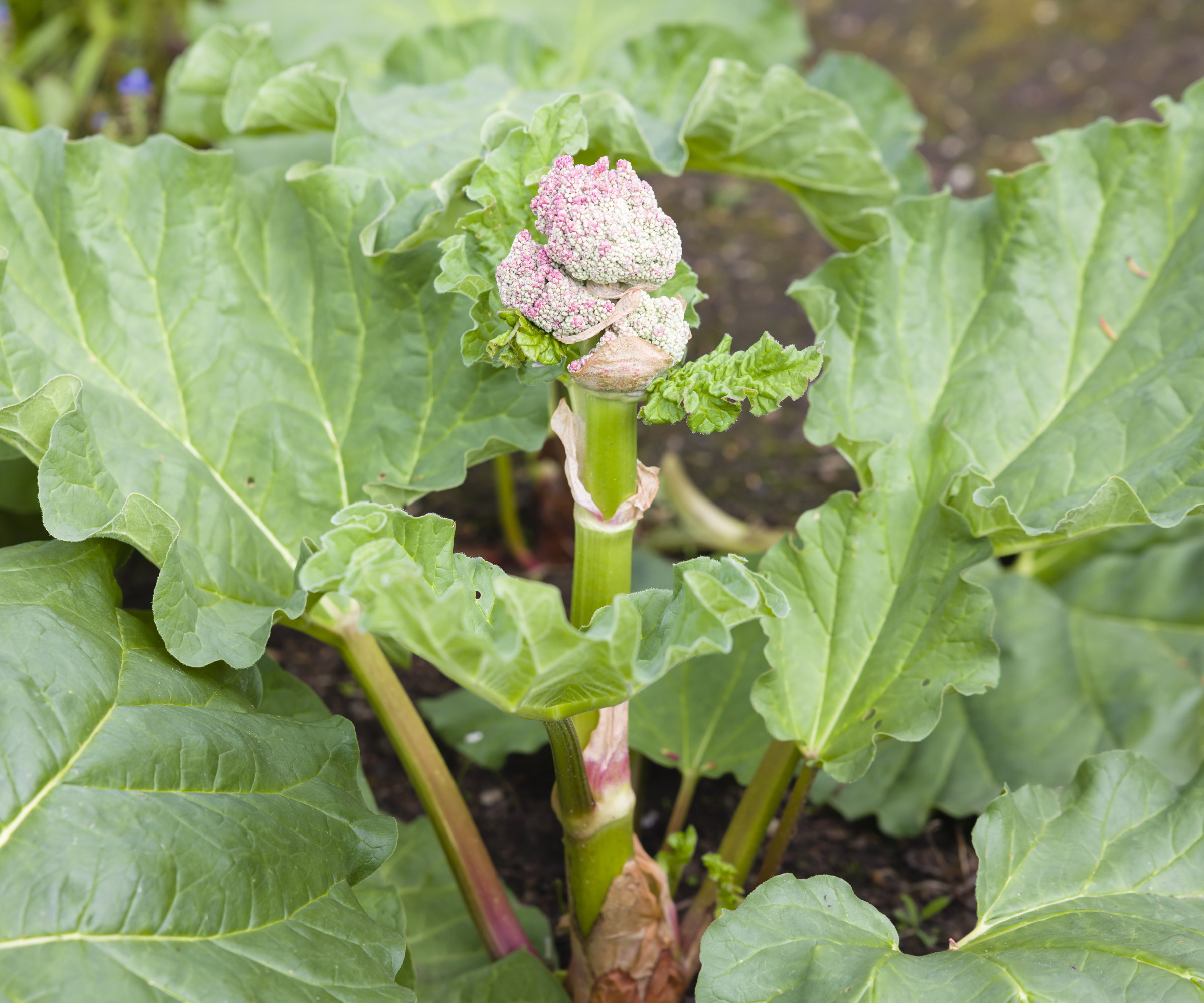
The important thing to remember is not to sit back and let rhubarb plants bolt. The plant invests all its energy into flowering and fruiting, weakening the clump as a whole.
Design expertise in your inbox – from inspiring decorating ideas and beautiful celebrity homes to practical gardening advice and shopping round-ups.
Though rhubarb flowers are attractive, with large white or yellow blooms, it is always best to remove them quickly.
Fortunately, bolting rhubarb is easy to identify and simple to manage. Monitor your rhubarb for signs of any green shoots emerging from the centre of the clump. These stems may have a bulbous end that resembles cauliflower as they open.
Ideally, you should remove these stems before the flowers begin to unfurl, so keep a close eye out for thick, cylindrical stems with red or pink streaks appearing from the crown in spring.
As soon as you notice the first signs of bolting rhubarb plants, act swiftly. Don’t make a rhubarb mistake and hesitate. The quicker you remove these unwanted stems, the less energy is wasted by the clump. It can focus on developing delicious rhubarb stems for harvest.
Take a pair of clean, sharp pruning shears or a sharp knife and cut the bolting stem as close to the base as possible. Do not rest on your laurels, however, as the plant may attempt to bolt again. If you remain vigilant and quickly remove any bolting stems, your yield for the year should not be significantly affected.
How to stop rhubarb bolting
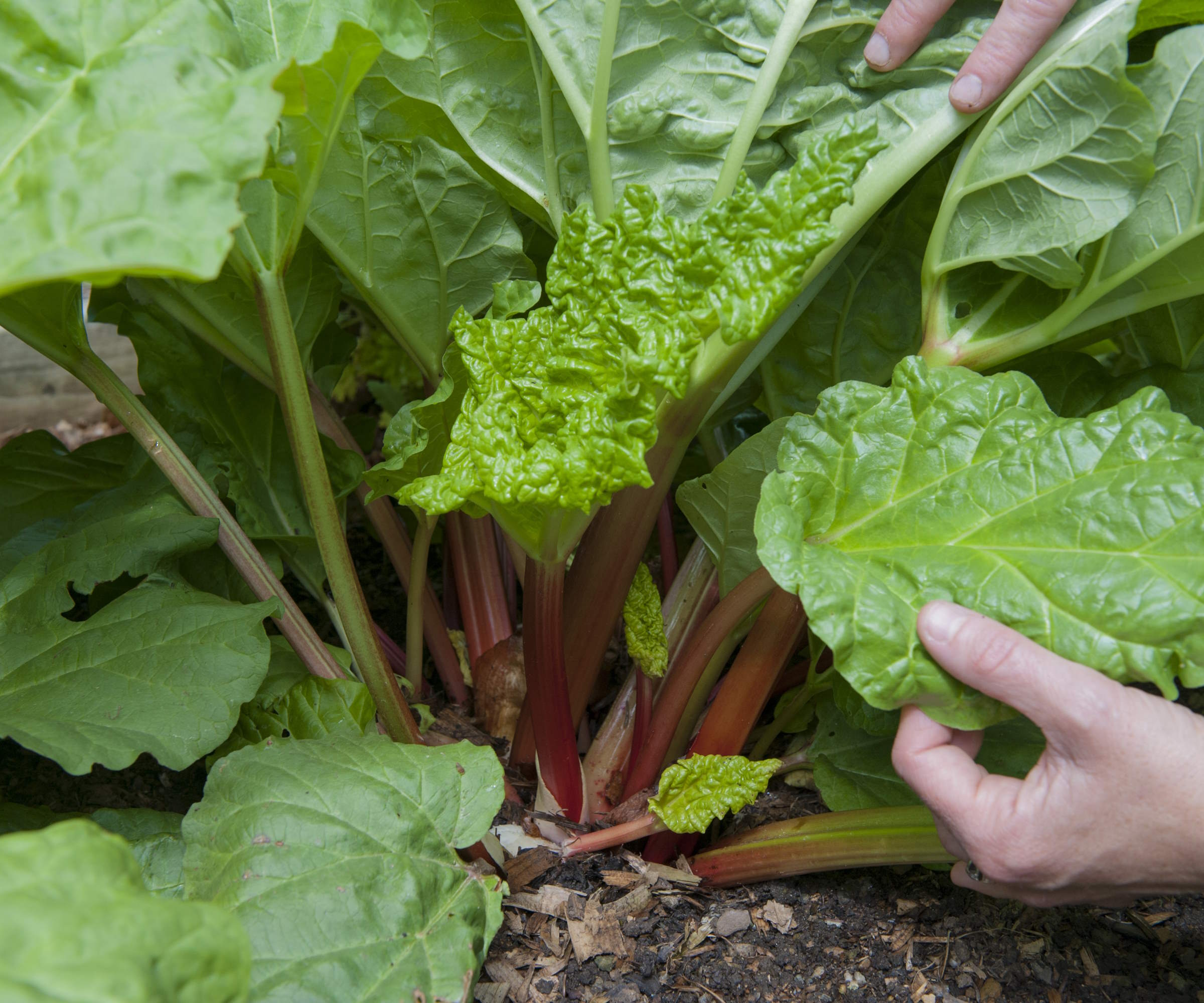
Some measures can be taken to prevent bolting in rhubarb plants. The first is to transplant the rhubarb, moving it to a cooler spot if it is growing in full sun and frequently bolts due to hot weather in spring. While rhubarb generally enjoys sunshine, it can tolerate shade and may benefit from a bit of protection in the hotter US hardiness zones.
Keeping the plants well-watered in spring will help alleviate stress and may prevent bolting in rhubarb. Monitor your plants in spring and utilise a soil moisture meter to check the levels to determine when to water and prevent the ground from drying out.
Mulching around the plants can also provide a two-fold benefit, as it helps to retain moisture in the soil while insulating the roots from high temperatures.
As older clumps are more susceptible to bolting, ensure that you divide rhubarb plants every 4-5 years to keep them vigorous and healthy. Rhubarb crowns can live for over a decade, but older clumps lose their productivity and produce smaller stalks, as well as bolt more frequently.
Splitting clumps during dormancy in late autumn or early spring revitalises them, plus gives you more plants to add to your backyard ideas. However, if you divide the clumps, you should not harvest from them in that first year after dividing and replanting.
FAQs
Can you eat rhubarb flower stems?
The flower stem is very fibrous and tough, which is why you need to cut it from the plant rather than pull as you do to harvest rhubarb stems. It is not appetizing and is also likely to contain a lot of oxalic acid, similar to rhubarb leaves, which are poisonous to humans and animals. The rhubarb flowers themselves are edible, but steer clear of the flower stems.
If you are after a budget-friendly way to get new rhubarb plants, you can grow the perennial vegetable from seed. It is a slower way of cultivating rhubarb, and you’ll have to wait at least three years to get the first harvests, but growing rhubarb from seed can be a satisfying journey.
Sow rhubarb seeds, such as these Rhubarb ‘Victoria’ seeds at True Leaf Market, into trays or pots in early spring and germinate at temperatures of 65-75°F. Pot up the seedlings after they germinate, and transplant outside in late spring or early summer.

Drew has worked as a writer since 2008 and was also a professional gardener for many years. As a trained horticulturist, he worked in prestigious historic gardens, including Hanbury Hall and the world-famous Hidcote Manor Garden. He also spent time as a specialist kitchen gardener at Soho Farmhouse and Netherby Hall, where he grew vegetables, fruit, herbs, and cut flowers for restaurants. Drew has written for numerous print and online publications and is an allotment holder and garden blogger. He is shortlisted for the Digital Gardening Writer of the Year at the 2025 Garden Media Guild Awards.
You must confirm your public display name before commenting
Please logout and then login again, you will then be prompted to enter your display name.

